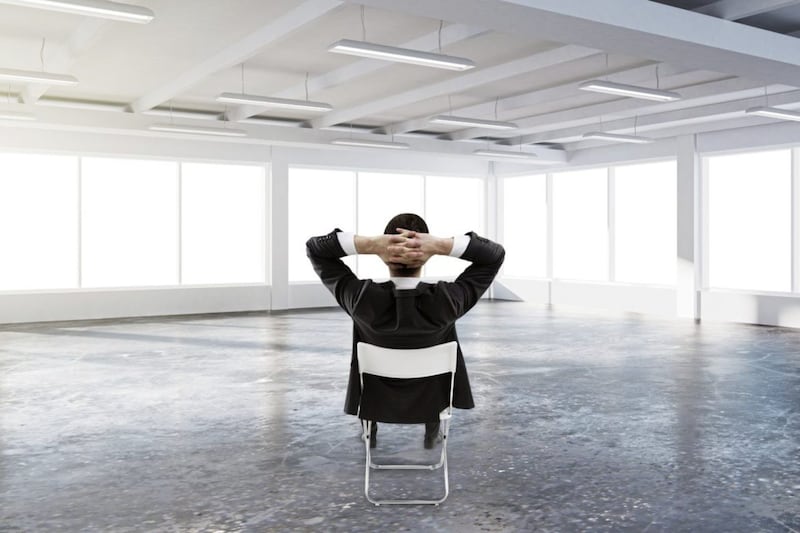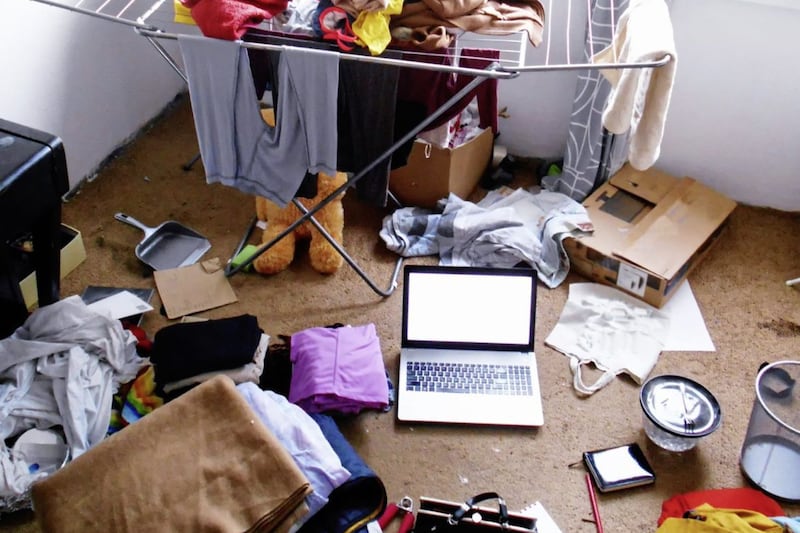WHAT initially caught my eye was a derelict car sitting on the driveway, packed to overflowing with boxes and household detritus. So full is the car, rubbish has burst through its windows, looking like the car has vomited onto the driveway.
While the windows in the house have neither blinds nor curtains, you can’t see in due to more cardboard boxes stacked floor to ceiling. How could a house in such a wealthy area descend into such a state of disrepair and dereliction, and better still, why has it remained in this state since I first noticed it, many years ago?
I can only assume someone still lives in the house and therefore it can’t be touched, but who would choose to live in such conditions?
I’ll tell you who: someone like me – a hoarder.
As I mentioned in an earlier column, the O’Kane household is presently undergoing building work. Due to this, I’ve been forced – under duress from my wife – to divest myself of much of my collections. Over the years, my collecting has covered everything from clothes to books to DVDs – innocent enough you may think, until my wife pointed out my wardrobe was double the size of hers.
Although not a compulsive shopper, I’ve a problem getting rid of stuff, clothes being a good example. Ten years ago, I lost a substantial amount of weight due to being an undiagnosed coeliac. Initially, I thought this was great as, for the first time in my adult life, I was able to buy clothes off the peg.
Once diagnosed, and starting a gluten free-diet, my weight gradually went back to its previous level and none of my new ‘skinny’ clothes fitted. Yet I refused to throw them out – I rationalised I’d get back into them once I hit the gym, but sadly I don’t have the discipline of Stephen Nolan, so this never happened.
So, bales of clothes have been dispatched to local charity shops where they’ll finally see some use.
On top of clothes I’ve always loved books – lots of books. You’re beginning to see how a house can become cluttered and how substantial amounts of money can be wasted on non-essentials.
It’s estimated the average person wastes up to £9k each year on stuff they never use. Clothes are put into wardrobes and never worn; uneaten food goes out of date; television packages are never watched; gym membership is never used; books and magazines are never read and electronic goods are seldom switched on.
And so a new trend called ‘minimalism’ has swept the Internet. This involves people de-cluttering their lives, eschewing all non-essentials they enthuse about their new existence of austere simplicity. Online minimalism gurus direct students on identifying what can be be jettisoned to create a more harmonious life.
Of course, none of this is new. Just about every major religion teaches the dangers of greed, or what we today call materialism.
In the last century, the prophet of the simple life was the father of modern India, Mahatma Ghandi. As a law student in London at the start of the 20th century, Ghandi appropriated the clothes, manners and affectations of a Victorian gentleman. It wasn’t until he became involved in the plight of Indian immigrants in South Africa, where he’d set up his first legal practice, that he discarded his western affectations and returned to his Indian roots in both dress and attitude.
Upon his return to India, Ghandi was horrified by the abject poverty of his fellow citizens and forever turned his back on western materialism. When assassinated in 1948 at the age of 78, his total worldly possessions numbered 10 items.
Few of us mere mortals will ever attain the discipline of Ghandi – indeed Ghandi mocked his own attempts at living the simple life by saying, "It costs my friends a fortune to keep me in poverty".
We live in a world of rampant consumerism, where half the world inexplicably starves while the other half dies of obesity. Given this, isn’t it time we all make changes, starting by looking at our own compulsive consumption?
Now, if only I could find that book on minimalism in my large personal library...








